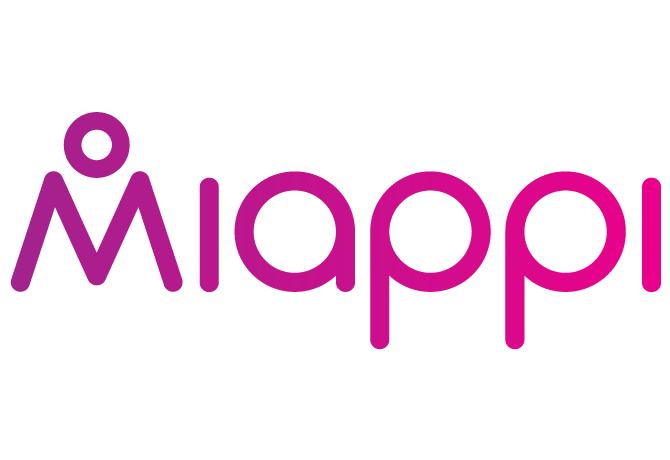Does short-termism define this new era of brand & creative thinking?

The rise of short-term thinking
That today’s focus is on quick wins and digital metrics, rather than long term growth, is hard to dispute. Following 2008’s economic crash, brands increasingly began to turn to lower cost marketing and advertising options, particularly in the emerging digital sphere.
With much less investment required to build a digital presence, the web promised to make reaching the right consumers affordable and effective, especially given the rise of tools and options allowing brands to specifically target key demographics.
Billed as an affordable new breed of advertising which would maximise ROI and minimise wasted spend, digital and social media marketing boomed. This boom, according to the IPA statistics’ companion report, is a key factor at play in the reduction of ad effectiveness.
Is it enough to be liked?
Although the IPA report and its commentators do underline the importance of incorporating digital marketing into campaigns in today’s advertising landscape, the danger of relying solely on metrics such as likes, shares and click-throughs is also highlighted.
By capturing a very specific online audience, brands may be missing out on the big picture by relying too heavily on the data they generate via digital. Although these metrics do paint a picture of a brand’s digital reach and power, they do not necessarily translate into real world sales or brand awareness “IRL”. Digital data is valuable, especially as ecommerce continues to eat into real world sales, but many industry insiders believe it is a mistake to rely on it wholly to inform marketing and advertising practices.
“Flash in the pan” marketing
The IPA believes that increasing reliance on digital marketing (and digital metrics) has also contributed to a rise in short-term thinking across all media. Today many marketers and brands want to see clear results, fast. These results typically manifest as traffic spikes, going viral and generating buzz.
But these “results” are typically triggered by shock tactics or by constantly throwing fresh content out into the public sphere in the hope that something sticks. They don’t help build a brand identity, or help brands to connect with consumers over the long term to develop the brand loyalty – a rarity amidst buyers today. They also don’t allow for long term brand strategies which create long term, sustained growth.
A balanced diet
Campaign’s article and the IPA’s report appear to be advocating for “a balanced marketing diet”. While digital marketing is often the junk food which people crave and which generates an instant buzz before an energy crash, complex carbohydrates (such as television advertising and “big picture” brand strategy) will create the slow-release energy which brands need to build muscle and live longer.
The perfect blend
So, clunky metaphors aside, what’s the recipe for success in this new era of creative and brand thinking? Of course it’s not a precise science, but if you accept the IPA’s argument that marketing has become too short-termist in its approach; blending the best that new media has to offer, with a solid investment in long term strategies appears to be a prudent route.
Harnessing the power of new digital content, especially user generated content (UGC) which is viewed as highly trustworthy by other consumers and as highly effective by brands, within a wider, more traditional advertising approach which looks at the brand holistically, not purely digitally, could be a savvy strategy in this new “short term” era.Discover a way to squeeze more from user generated content and make your social media successes part of your overall marketing strategy – even in store and at conferences. Find out how to showcase social on screens using our beautiful social walls by REQUESTING A DEMO TODAY.



